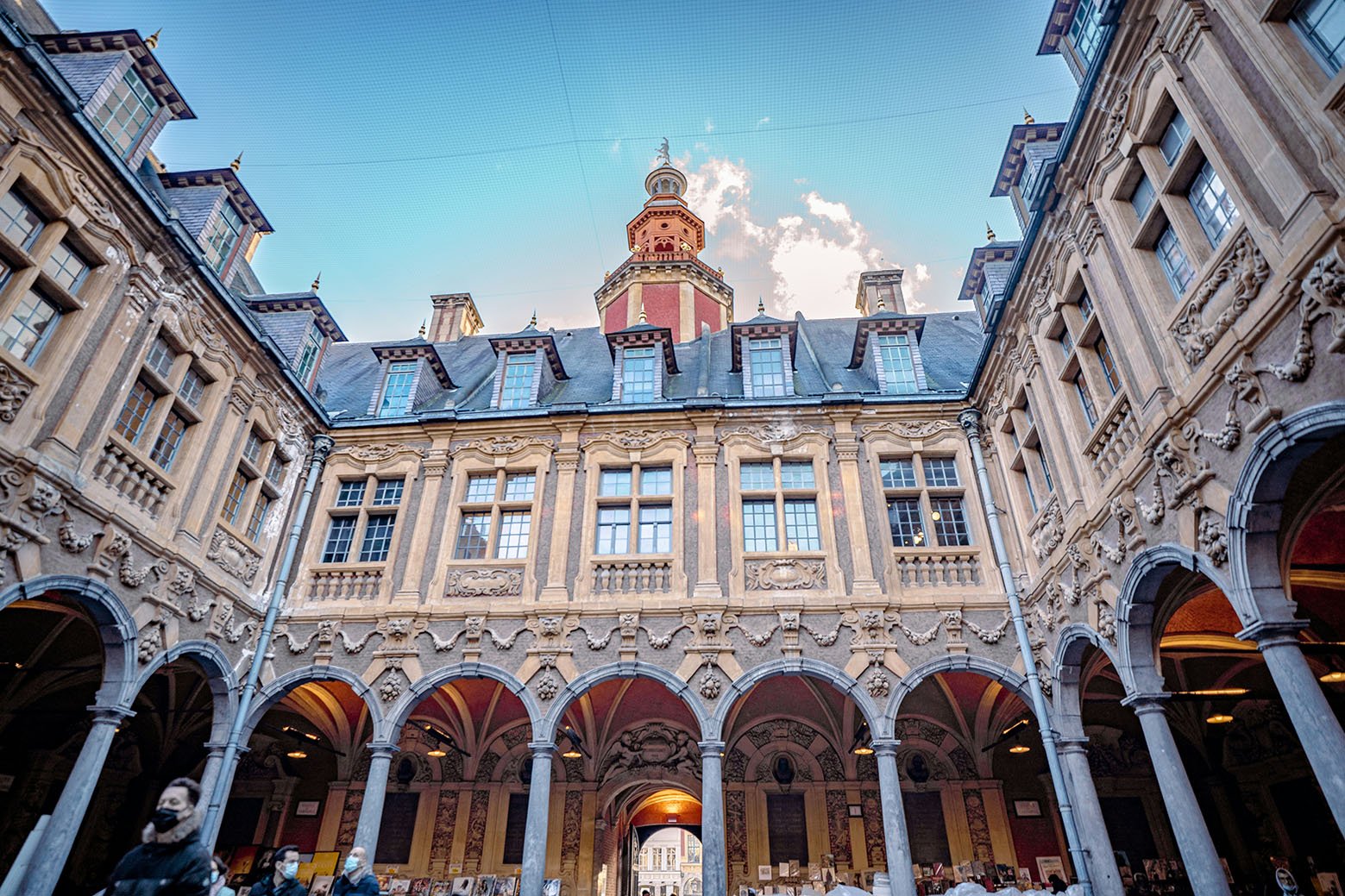Lille, France
French Culture with a Touch of the Flanders
Lille, the capital of the Hauts-de-France region, is a vibrant city nestled in the north of France. Steeped in history, Lille initially thrived as a major commercial post during the Middle Ages and later emerged as a significant industrial center during the Industrial Revolution.
Today, Lille stands not only as an economic powerhouse but also as a beacon of cultural richness and architectural grandeur. Its close proximity to Belgium, its network of historic buildings, museums, and dynamic art scene embody the quintessential charm of northern Franc
Places
In Lille

Palais des Beaux-Arts
The Palais des Beaux-Arts, located in Lille, France, stands as one of the largest fine arts museums in the country, rivalling even the Louvre in its impressive collection and architectural beauty. Established in the early 19th century, this museum occupies a striking neoclassical building that was designed by architect Louis-Marie Cordonnier. The museum's façade, adorned with intricate sculptures, sets the tone for the artistic treasures housed within.

The Grand Place
The Grand Place, often referred to as the heart of Lille, serves as a vital social and cultural hub for both residents and visitors. This expansive square is surrounded by remarkable architecture that reflects the rich history and artistic heritage of the city. Among its most notable structures, the Vieille Bourse stands out as a magnificent example of 17th-century Flemish Renaissance design. As the former stock exchange, the Vieille Bourse boasts intricate stone carvings and charming arcades, making it a popular spot for local book markets and leisurely strolls.

Lille Citadel
The Lille Citadel, constructed in the 17th century under the direction of the renowned military engineer Vauban, stands as a lasting symbol of the city’s rich historical narrative. This exemplary fortification reflects the military architecture of its time, boasting robust stone walls and a strategically designed layout intended for defense against sieges. Characterized by its angular bastions and commanding presence, the Lille Citadel was originally built to reinforce the city's fortifications and safeguard against invasions, playing a pivotal role in various historical conflicts.
